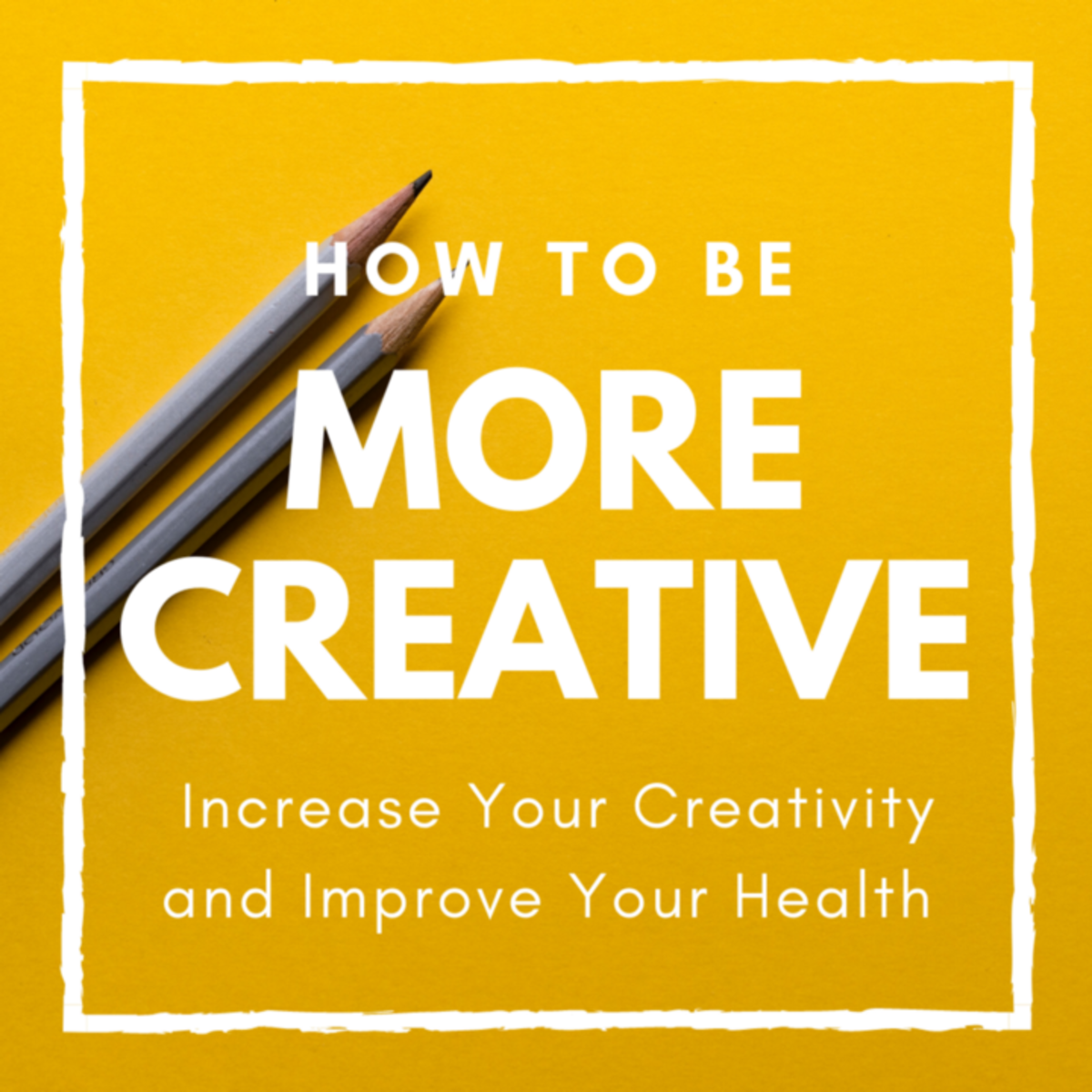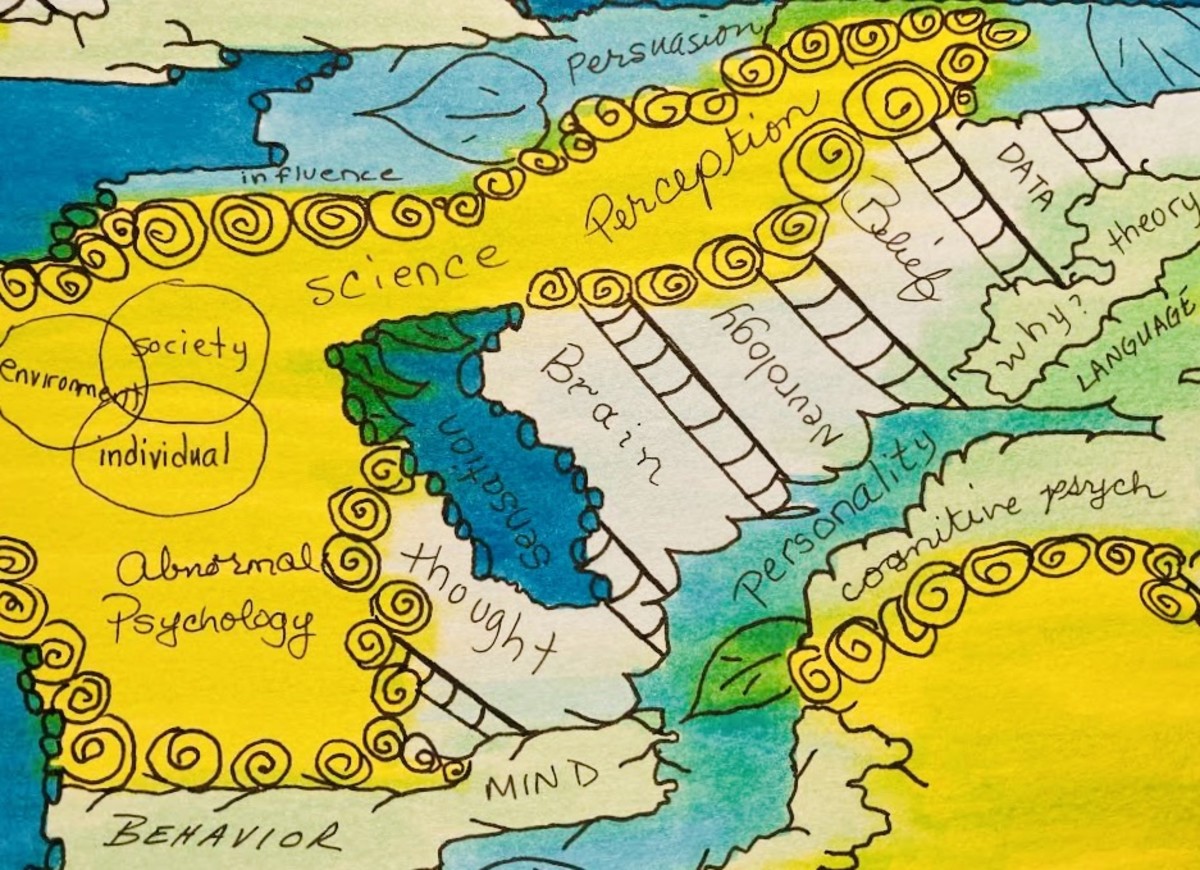Tips from Psychology for Boosting Creativity
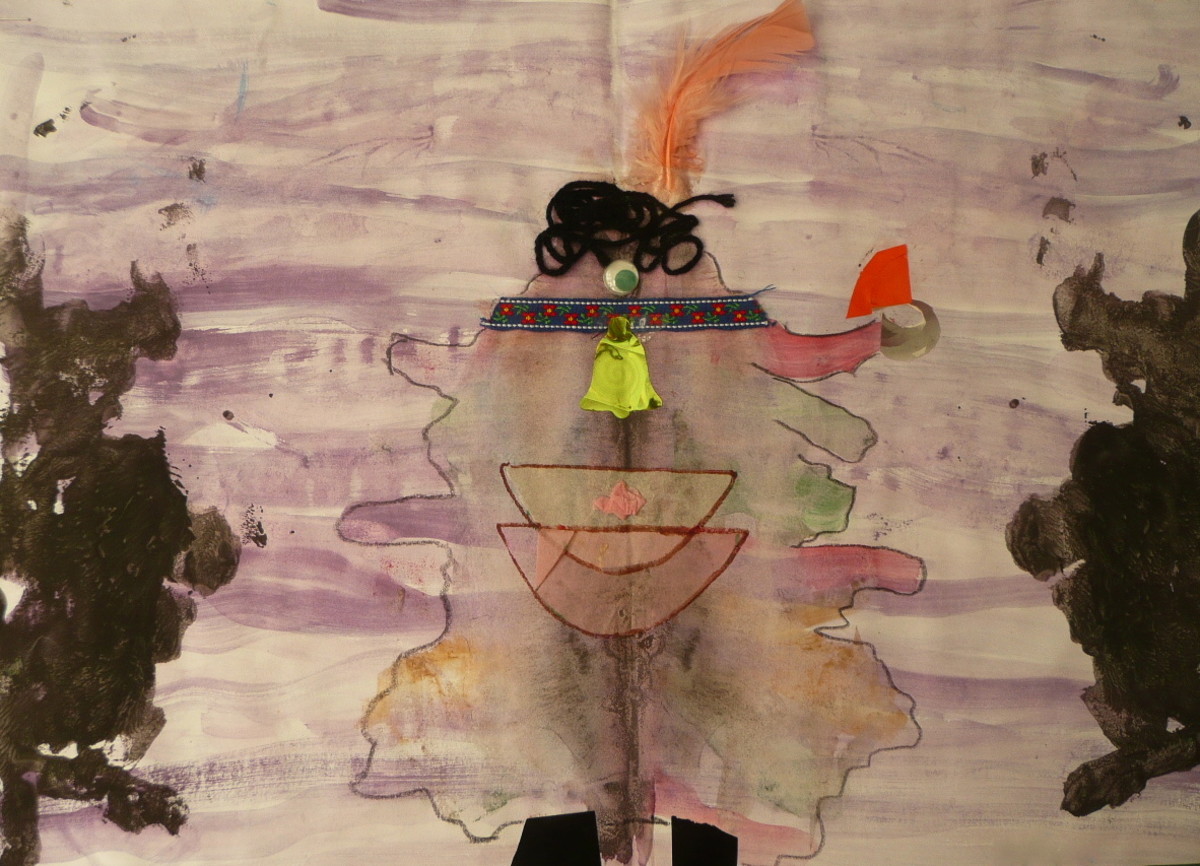
What is Creativity?
An artist painting a stunning sunset? Leonardo creating the Mona Lisa? Scientists with wild white hair, waving test tubes above their heads? A writer hunched over a desk throwing screwed up balls of paper into a wastepaper basket? Or maybe even a group of young people singing and dancing?
My dictionary describes creativity as:
… oops…
My dictionary doesn’t actually have a definition. All it says is that creative means:
1. Having the ability to create.
Don’t you just love it when dictionaries explain thing so, so clearly? I mean, they actually paid someone to come up with that definition?
But all is not lost, because my dictionary also says:
2. characterized by originality of thought; having or showing imagination.
3. designed to or tending to stimulate the imagination – creatively adv. – creativeness n. – creativity n.
And then, looking up the Oxford Dictionaries online, I found this definition of creativity: the use of imagination or original ideas to create something; inventiveness
So it seems, being creative and having creativity comes down to having an imagination and using it.
Have your head in the clouds? Good for you.

Daydreaming
Could that be daydreaming by another name? According to several professionals, including psychiatrist Carrie Barron M. D. and and psychologist Robert Epstein PH.D, the answer is yes. Daydreaming is one way they suggest to increase your creativity.
Epstein also says that schools around the globe have a lot to answer for when it comes to destruction of that imagination. Young children start school full of creativity and are chastised for daydreaming because they have to get on with the important business of learning.
We all have imagination. Or at least, we all had imagination when we were young, before schools destroyed it or bored it out of us.
Okay, I’m being a little creative with the truth here, because while there is something in Epstein’s view that early schooling is focused on work rather than play, most schools I know do also allow time for creativity. Besides, by age 5 or 6 children are awake for around 13 – 14 hours a day and are in school for only about 6 of those. That’s quite a bit of time to play, create, imagine - so let’s not get too hooked into blaming schools. Instead let’s look at some effective ways psychologists have found to boost creativity.

Tips for encouraging creativity in both adults and children
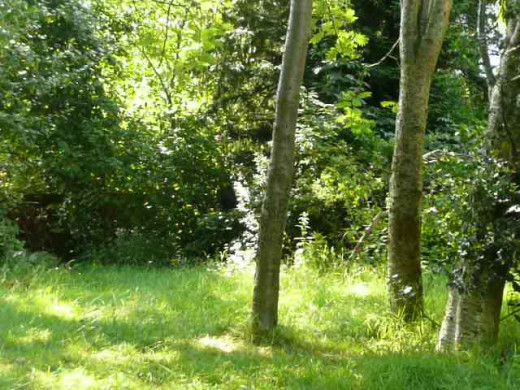
1) Daydream
It won't now be a surprise to see daydreaming at number 1!
As children much of our lives were filled with daydreams: we played imaginative games with real or imaginary friends. We sailed to foreign seas with plastic boats at bath-time, we lived in forests or up mountains – or we lived right where we were and had a brood of kids for whom we cooked plastic food. I still fondly remember some of my favorite childhood daydreams. Yes they sometimes involved living up a mountain or in a forest – how did you guess? And daydreams sometimes come (almost) true. The photo above shows the view over our garden wall; it's not quite a forest, but it's close. To my children and their friends it's also a haven for allowing imagination to run wild.
As adults some of us use visualization to imagine a new future. This is fine, but for maximum benefits, experts recommend that you allow your imagination to run wild. Don't fetter your dreams by trying to control them or plan what you will fantasize about. Just let your thinking be unfocused, meandering and free. According to Carrie Barron, this will allow the real you to "come out of hiding."
So allow yourself to daydream and allow your children to daydream too.
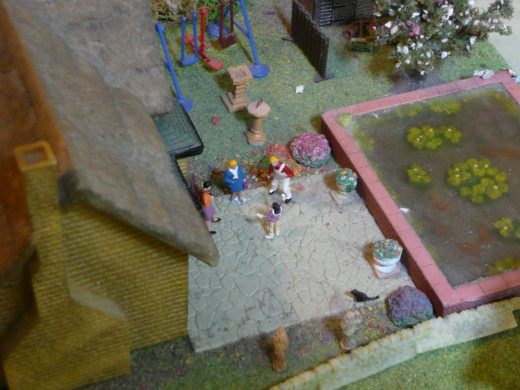
Don’t give lavish praise or rewards for creativity – whether it’s children’s creativity or your own.
This might sound odd, but several studies show that if children are lavishly praised for creativity such as painting a picture, they develop less enjoyment out of painting itself. That’s because they are now doing it for the praise, rather than for the intrinsic enjoyment.
Other studies indicate that when people expect their creativity to be judged their performance drops – so praising can have a detrimental effect on quality.
Some psychologists also think over-praising makes it harder for children to evaluate their own work: they become dependent on adults to tell them if something is good or bad.
Of course, it’s sometimes impossible to avoid evaluating creative performance – if you choose a creative career there will be evaluation, and you will naturally want to do your best.
How to more effectively use observation to encourage creativity in children
A suggestion psychologists often make is to praise the process rather than the end result or the person. So with children you would say, “That detailed drawing of the dinosaur in that tree must have taken a you a long time.”
This might sound weak in comparison to, “Wow, what a beautiful picture,” but it shows you have noticed what they have done, and that creates connection. My own experience backs this up. Of the comments I receive on articles, the ones that mean most to me are those that clearly show the reader has engaged with it – and those are not the ones that say, “Great hub!”
Taking time to discuss a painting with a child shows that you have engaged with it. This will mean more to them than, “Great painting!”
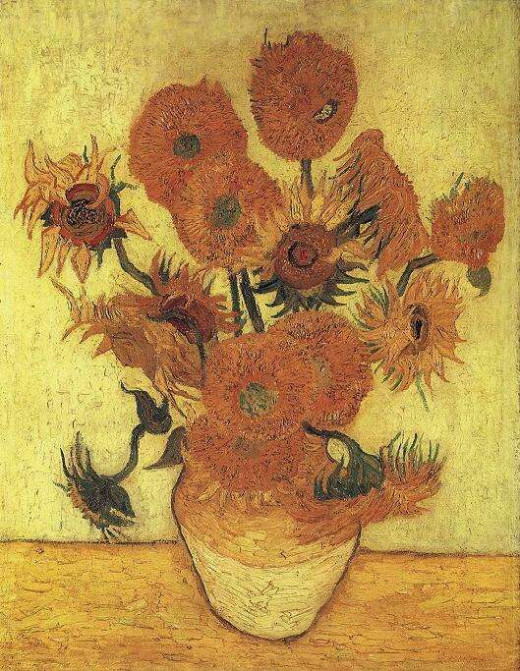
How you can apply this information to boost your own creativity
If you find yourself looking for praise for your creativity, do something creative that nobody else will see.
Does this next sentence sound like something you tend to say to yourself?
“Once I’ve written this chapter/composed this sonata/finished painting those sunflowers I can play a computer game for twenty minutes.”
This makes the creative activity you used to enjoy begin to seem like work, and when something feels like hard work, we often resist.
If you find yourself doing this, instead do your best to focus on what you are doing while you are doing it.
Or make the creative activity your reward. You could say to yourself, “Once I’ve played this terrible computer game, then I can spend twenty minutes really enjoying myself composing a sonata!”
The video below is a hilarious example of what happens when what used to be done for fun becomes work.
Charlie shows what can happen when creativity becomes "work."
2) Brainstorm
Both adults and children can brainstorm. Brainstorming is usually considered to be a group activity where everyone suggests ideas, no matter how wacky. Mind mapping is when you create diagrams to show connections between those ideas. These methods have been around for a long time now: brainstorming was the idea of Alex Osborn, an advertising executive who wanted to encourage more creative ideas in the workplace. The basic rules of brainstorming ideas are:
Be open ended – instead of one idea, find one hundred.
It doesn’t matter how outlandish those ideas are.
Don’t criticize ideas no matter how crazy they may seem.
Work together to get ideas to develop from each other.
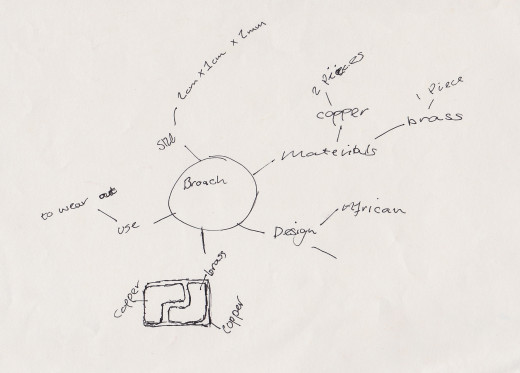
3) Mind Map
Mind mapping does not need a group of people; you can do it on your own. When mind mapping you create a diagram of ideas and related tasks. Mind mapping has become popular in schools (at least in the UK) and opposite is a simple mind map my daughter did for a brooch she made in design. Mind maps work in a similar way to brain storming in that ideas spawn other ideas.

Tips for encouraging creativity in children
Let kids know it's okay to make mistakes

1) Do let kids make mistakes.
Mothers in particular are apparently more likely to allow sons to figure things out, but to step in quickly and help out if they see their daughters struggle. (I know I’ve done this sometimes with my daughters.) We aren’t doing our children any favors if we do this, because children learn confidence from making mistakes and seeing that this is okay. So we’d do better to let them muddle along for a while, only stepping in if they ask for help or if things are going badly wrong.
2) Don’t give too many directions.
If children are directed too often or too closely they can develop what psychologists term “learned helplessness.” This means they see themselves as incompetent and will lack confidence in their abilities.
3) Do make time for unstructured play.
With so many activities available for children nowadays, it can be tempting to rush your children from Ballet Class to Taekwondo to Tennis Club to Rehearsing to an Olympic Gymnast Class. Somewhere among all the doing, kids need time to just be.

Tips for boosting your own creativity
1) Harness the power of your unconscious mind.
Way back it the 1930s, in her book Becoming a Writer, Dorothea Brande advised anyone who wanted to become a writer to write first thing in the morning, before they had read anything. After doing this for several weeks, she suggested that the would-be writer should look through their early morning writing to see where there were common threads. This would show what type of writing would be most suitable.
While Dorothea Brande’s advice is for writers, Julia Cameron in her book, The Artist’s Way, suggests that wherever your creative talents lie you can benefit from early morning writing. She refers to this as “The morning pages.” This exercise involves writing 3 pages of stream of consciousness writing – whatever comes into your head. She explains the purpose of this is to bypass the “Censor.” The Censor is all the critical thoughts that come into our minds after we’ve had an idea, and that stifles creativity.
Salvador Dali, the Surrealist painter, was very interested in the unconscious mind and was influenced by Freud’s writing. He napped with a spoon in his hand. If he dropped off to sleep the spoon slid from his hand and the noise woke him. Then he sketched whatever came into his mind.
All these methods have the same aim: to get beyond any blocks that might inhibit creativity. Becoming aware of beliefs that prevent you following your dreams enables you to stop those beliefs from running your life and puts you in charge.
An artist's scrap book

2) Keep a journal.
This is not quite the same as the morning pages. In a journal you can write at any time of day, and make notes of any ideas you get. Some people like to keep notepads scattered around the house so that when ideas come they can instantly jot them down.
3) Keep a scrapbook or storyboard.
If writing is not your thing, you could draw, or collect interesting images from magazines, even things you find on the seashore or anywhere. In fact, your journal can contain anything that stimulates your imagination. Fashion designers are particularly adept at this, collecting a broad mix of items to create a Fashion Board from which they draw inspiration.
4) Practice – or think about practicing.
The more you practice anything the more it becomes second nature. In one experiment scientists found that the more musicians practice, the more the part of their brain devoted to finger movement increased. But when the scientists asked the musicians to imagine practicing, rather than actually doing it the same thing happened!
5) Diversify
Many people in creative fields move from one discipline to another. There is the singer who also acts, the actor who paints, the painter who makes movies. Diversifying keeps things the mind active and always learning. If you usually paint with oils try using watercolor. If you always do patchwork, try decoupage.


